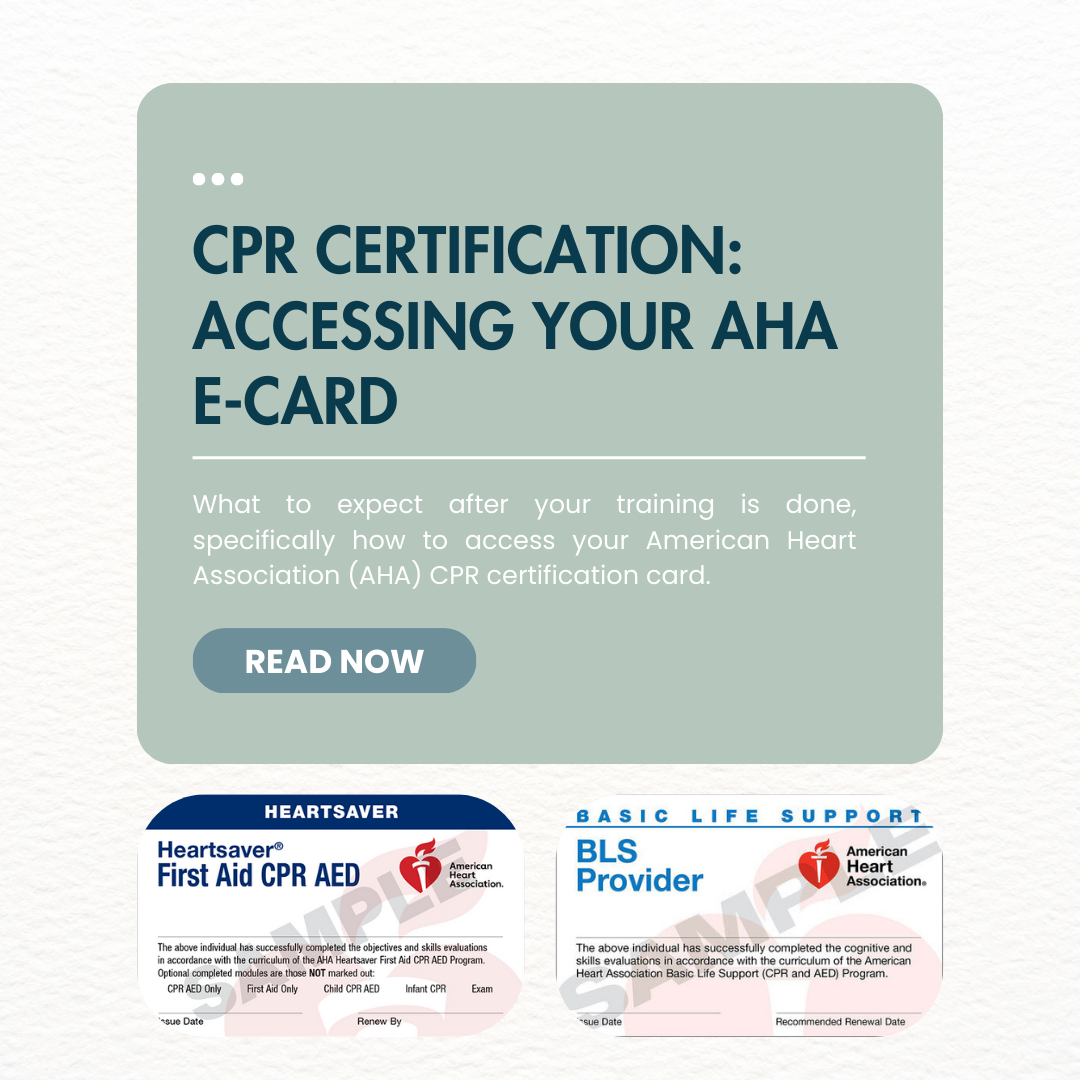Choking Risks, Hazards, and Prevention

Choking is a serious and frightening emergency, especially when it involves a child. As a parent, I always share in my Infant & Child CPR and Choking classes that my second son choked when he was about 7 months old. It was very, very scary, but I knew exactly how to respond – and that made all the difference. I love being able to educate other parents on how they can respond quickly and confidently in an emergency.
One parent shared how she was able to save her son from choking thanks to the skills she and her husband learned in our class. Her words still give us chills:
“So grateful for these folks! I ended up needing to use the skills I learned in their CPR class with my 14-month-old when he choked while we were having a family brunch. Having the skills to literally help my son start breathing again was invaluable. Even in that surreal moment, the training from class clicked into place and my husband and I both knew what to do and were able to work together calmly to help our son. Thank you!”
– Emily N.
How Common Is Choking in Children?
Choking is a leading cause of injury and death among young children, especially those under the age of four. According to the American Academy of Pediatrics (AAP), approximately 12,000 children are treated in U.S. emergency departments each year for food-related choking incidents. Tragically, choking causes over 100 child deaths annually in the United States, with infants and toddlers at the greatest risk due to their narrow airways and underdeveloped chewing abilities.
Picture this – a small child’s airway is about the size of a drinking straw. Additionally, any loose object that can fit inside a paper towel or toilet paper roll should be considered a choking hazard. We love this visual for parents as it makes it simple to think about small toys, food, and other common objects that children might have access to.
Common Choking Hazards
Choking can happen quickly and silently. It’s important to know which foods and objects pose the highest risk. Here are some common choking hazards for infants and young children:
Food Hazards
- Grapes (best to cut into quarters)
- Hot dogs (best to cut lengthwise into strips, and then into smaller pieces)
- Nuts and seeds
- Popcorn
- Chunks of raw vegetables (e.g., carrots)
- Lollipops, hard or sticky candy, and chewing gum
- Peanut butter (especially when eaten by the spoonful)
Non-Food Hazards
- Coins
- Small toys or toy parts
- Latex balloons
- Buttons
- Batteries (especially flat disk batteries, which are also toxic if ingested)
Always supervise children while they’re eating and playing, and be mindful of age-appropriate toys and food.
Focus on Prevention and Education
There are numerous anti-choking devices marketed to parents, claiming to offer peace of mind in emergencies. However, leading experts and organizations—including pediatricians and emergency care professionals—do not recommend relying on these devices. They may give a false sense of security, may not work as intended, and can potentially cause harm if used incorrectly.
To understand the risks and limitations of these devices, read our in-depth blog post:
👉 Why Anti-Choking Devices Are Not Recommended
Be Prepared: Learn Infant and Child CPR
The most effective response to a choking emergency is swift, hands-on action—something every parent, caregiver, or educator can learn. At Main Line Family Education, we offer a hands-on Infant and Child CPR class designed for parents, grandparents, and caregivers. In this in-person class, you’ll learn:
- How to recognize signs of choking and respiratory distress
- Step-by-step techniques for responding to choking in infants and children
- How to perform CPR and use an AED for infants and children
🔗 Register for the Infant and Child CPR In-Person Class
Final Thoughts
Choking is a frightening emergency – but it’s often preventable. The best defense is a combination of prevention and preparation. By learning the right skills and staying alert, you can protect your child and respond confidently when every second counts.


